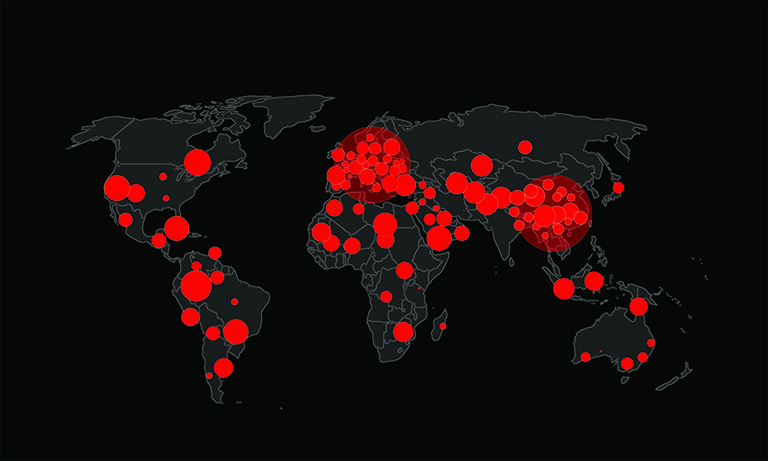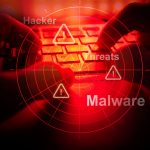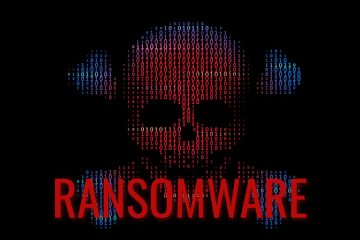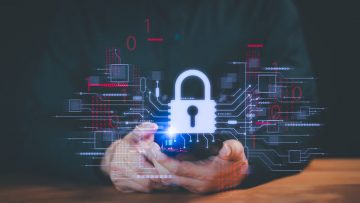Jackalock Ransomware: Another Digital Threat
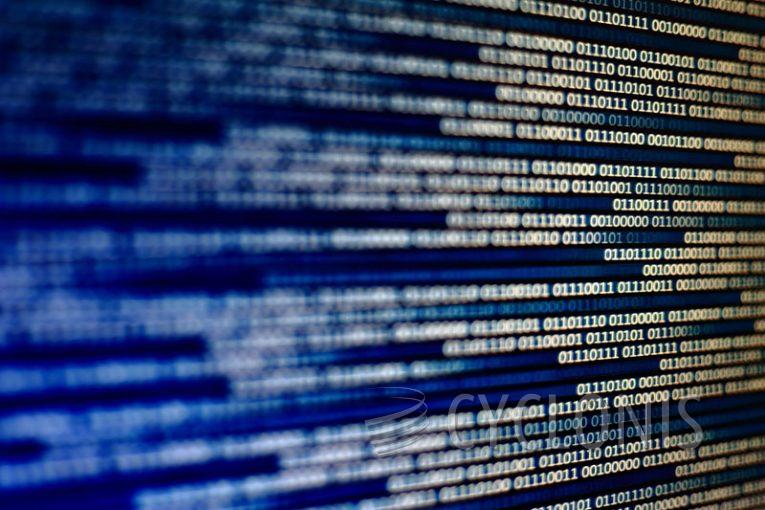
Table of Contents
What is Jackalock?
A ransomware strain dubbed Jackalock has surfaced, capturing the attention of cybersecurity researchers. Jackalock is part of the notorious MedusaLocker ransomware family. Like others in this category, its mission is simple yet devastating: encrypt a victim's files and demand payment in exchange for restoring access.
When launched, Jackalock quickly begins encrypting files on the infected device. It renames each compromised file by appending a distinctive ".jackalock" extension. For instance, a file previously named "report.docx" would appear as "report.docx.jackalock" once encrypted. This pattern extends to every affected file on the system, locking out users from their own data.
The Ransom Note and Its Demands
After the encryption process is complete, the ransomware leaves behind a ransom note in an HTML file named "READ_NOTE.html." This note tells the victim that their files were encrypted using a combination of AES and RSA encryption algorithms, making unauthorized decryption nearly impossible. It also warns users not to attempt recovery through third-party tools or by modifying the files, as this could cause irreversible damage.
More concerning is the claim that Jackalock operators also exfiltrate sensitive data. Victims are threatened with the public release of their personal or confidential information unless they comply with ransom demands. The note gives a 72-hour window to establish contact with the attackers—after which the ransom amount is said to increase. In an attempt to appear credible, the criminals offer to decrypt two or three small files as proof that recovery is possible.
Here's what the ransom note says:
Your personal ID:
-All your important files have been encrypted!
Your files are safe! Only modified. (RSA+AES)
ANY ATTEMPT TO RESTORE YOUR FILES WITH THIRD-PARTY SOFTWARE
WILL PERMANENTLY CORRUPT IT.
DO NOT MODIFY ENCRYPTED FILES.
DO NOT RENAME ENCRYPTED FILES.No software available on internet can help you. We are the only ones able to
solve your problem.We gathered highly confidential/personal data. These data are currently stored on
a private server. This server will be immediately destroyed after your payment.
If you decide to not pay, we will release your data to public or re-seller.
So you can expect your data to be publicly available in the near future..We only seek money and our goal is not to damage your reputation or prevent
your business from running.You will can send us 2-3 non-important files and we will decrypt it for free
to prove we are able to give your files back.Contact us for price and get decryption software.
email:
pomocit02@kanzensei.top
pomocit02@surakshaguardian.com* To contact us, create a new free email account on the site: protonmail.com
IF YOU DON'T CONTACT US WITHIN 72 HOURS, PRICE WILL BE HIGHER.* Tor-chat to always be in touch:
qd7pcafncosqfqu3ha6fcx4h6sr7tzwagzpcdcnytiw3b6varaeqv5yd.onion
How Ransomware Works and Why It’s Dangerous
Ransomware programs like Jackalock encrypt user files with complex algorithms. Without the decryption key—held exclusively by the attackers—recovering the data is nearly impossible. This tactic forces victims to choose between losing access to critical information or paying the ransom.
Unfortunately, even if payment is made, there is no guarantee that the criminals will keep their word. Many victims are left without their files despite complying with demands. Worse, paying ransoms solely incentivizes criminal behavior, fueling further attacks and funding the development of even more sophisticated malware.
Eliminating the Threat – But Not the Damage
To prevent Jackalock from encrypting additional files, it must be removed from the system. However, removing the ransomware does not unlock already encrypted files. The best course of action for recovery is restoring from a clean backup, assuming one exists. Experts strongly recommend keeping backups in multiple secure locations, such as remote servers or disconnected storage devices, to avoid total data loss in the event of an attack.
Unfortunately, if backups aren't available, victims have few options. Attempts to break the encryption without the key are typically unsuccessful unless the ransomware itself is poorly designed, a rare occurrence among professionally developed threats like Jackalock.
How Jackalock Spreads Across Systems
Jackalock doesn't operate in isolation. Like other ransomware, it spreads primarily through phishing emails, malicious attachments, and infected downloads. These can be disguised as seemingly harmless documents or software updates and are often delivered via email, direct messages, or even social media platforms.
In some cases, attackers use more advanced methods, such as drive-by downloads, which install malware without the user even realizing it, or malvertising, where fake advertisements lead users to malicious sites. The malware may also exploit vulnerabilities in outdated software or use trojans to sneak in under the guise of legitimate applications.
Staying Safe in a Ransomware-Prone World
The rise of threats like Jackalock underscores the importance of maintaining strong cybersecurity habits. Users should be careful of unsolicited emails or messages, especially those urging immediate action. Attachments and links should only be opened if they come from verified sources.
Downloads should be limited to official websites or reputable platforms, and software should be updated using built-in features—not third-party tools or illegal cracks, which often come bundled with malware. Antivirus tools can help detect threats, but user awareness is the first and most critical line of defense.
Final Thoughts
Jackalock ransomware is another example of how cybercriminals continue to refine their methods to exploit victims and extort money. While the threat is real, the best response is not fear but preparation. Regular backups, cautious online behavior, and updated security software can make all the difference.
By understanding how ransomware like Jackalock operates and how it spreads, individuals and organizations can take steps to reduce risk and respond effectively. The fight against ransomware is ongoing—but with vigilance and smart practices, users can stay one step ahead.

